Description
Introduction of Pig Barrel Closure
Pig Barrel Closure serves as “doors” for easy access inside launchers and receivers.
Closure Safety
Doors on pig launchers and receivers are end closures. They are welded to the barrel, matching the barrel’s material and thickness. Quick-opening end closures often come with safety interlocks. These interlocks block openings under pressure for safety.
The closure must match the equipment barrel’s inner diameter and maintain even clearance. The butt joint’s fit must meet standards. The closure’s central axis must align perfectly with the barrel’s axis. Before alignment, choose the welding type for the closure. For double-sided welding, remove the head cover. For single-side welding, just remove the sealing ring, leaving the head cover in place.
Components
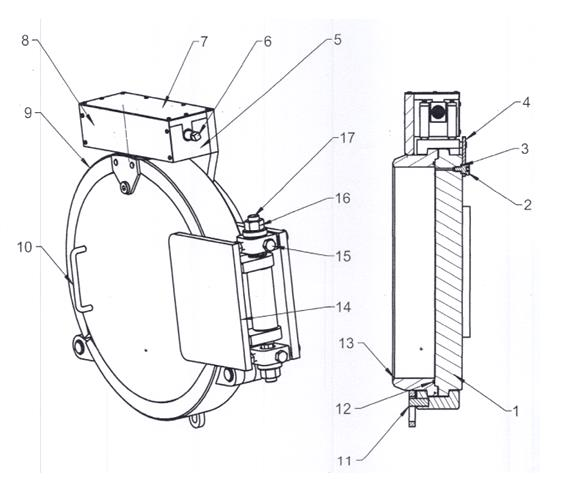
No. 1: Closure cover
No. 2: check screw
No. 3: Insurance sealing ring
No. 4: Interlocking board
No. 5: Guide screw saddle
No. 6: opening and closing mechanism (guide screw)
No. 7: Top cover board
No. 8: Front cover board
No. 9: Clamp ring
No.10: handle
No. 11: Clamp ring guide mechanism
No. 12: Main sealing ring
No. 13: Barrel flange
No. 14: Front folder
No. 15: Adjust bolts (front &back, left & right)
No. 16: Adjust nuts (top &down)
No. 17: Vertical shaft
Risk Identification And Mitigation Measures | ||
| Hazard factors | Hazard Sequences | Risk mitigation measures |
| Mechanical injury | Personal injury; casualties | Strengthen work supervision; wear labor protective articles; Your body should not face the Pig Barrel Closure, you should stand on the side. |
| Natural gas poisoning, asphyxia | Casualties | Strengthen the detection of harmful gas concentration; wear a gas mask or breathing apparatus. |
| Fire and explosion | Personal injury; property damage | Strengthen work supervision; detect the concentration of the natural gas; waer labor protective articles; use explosion-proof tools; control all fire sources; prevent the spontaneous combustion of ferrous sulfide in the container; adopt wet operation. |
QOC disassembly
a. Unscrew gate No. 2; Remove No. 3 seal ring; Remove No. 4 interlock plate;
b. No. 6 opening and closing mechanism, open No. 9 clamp loose to the position;
c. Hold the No. 10 handle, gently remove the No. 1 closing cover, and take out the No. 12 main seal ring;
d. Remove the No. 16 movable nut, remove the No. 17 vertical shaft, place the No. 14 front clamp and No. 2 cover in a safe position, and pay attention to the protective sealing surface.
e. Remove No. 8 front cover, No. 7 upper cover, and No. 5 guide rod. Remove the No. 9 clamp ring and No. 6 opening and closing mechanism to a safe position.
The basic process of pipeline operation needs to be implemented before operation:
1. Pipe through the ball line.
After the completion of the construction of the natural gas pipeline, the first thing to do is to sweep the pipeline. The purpose and significance: remove the soil, welding slag, stone, grass, and other debris in the pipeline so that it is in a clean state. Recommended use: straight wire brush type pig.
Two-way walking, a good cleaning effect, good passing ability, and good sealing characterize it. Carrying a wire brush can remove the rust on the inner wall of the pipeline, weld slag, and perform other functions. So that the pipeline is cleaner after ball cleaning. Chinese standards stipulate that the general number of passes is not less than 2 times; we suggest that the process operation in this link is 2 to 4 times.
2. pipe diameter measurement.
The closure must match the equipment barrel’s inner diameter and maintain even clearance. The butt joint’s fit must meet standards. The closure’s central axis must align perfectly with the barrel’s axis. Before alignment, choose the welding type for the closure. For double-sided welding, remove the head cover. For single-side welding, just remove the sealing ring, leaving the head cover in place.
3. Pipe water injection.
After the pipe diameter measurement is qualified, the pipe pressure test can be carried out. The pressure test medium is generally clean water. The pressure test head is welded at both ends of the pipeline to inject water into the pipeline. Before water injection, a circular pig ball can be placed in the pipeline. The water can push the circular pig ball to walk so that the air in the pipeline is constantly discharged. It is conducive to the stability of the pressure test.
4. pipeline injection pressure, pressure test, tight pressure test.
After the water in the pipeline is filled, the pressure test pump can carry out the water injection pressure boost test, strong pressure test, and tight pressure adjustment test until it is qualified.
5. pipe water removal.
After the pipeline pressure test is qualified, the water removal work on the pipeline can be carried out. Connect the two ends of the pipe, receive the service cylinder, start the pig, and implement the pipe pigging and water removal operation. Recommended use: straight pig. The number of water removal operations is generally 3-5 times.
6. The initial drying of the pipeline.
After the completion of the water removal operation on the straight pipe, it is necessary to conduct preliminary drying of the pipe. Generally, polyether sponge drying balls are used, which can be continuously launched, and the number of times is recommended to reach 30-50.
7. Deep drying of pipes.
The general method of pipeline depth drying is to use dry air drying, nitrogen drying, and vacuum drying. For natural gas pipelines, dry air drying and nitrogen drying are generally used, which should be combined with local conditions and actual conditions.
8. nitrogen replacement protection of the pipeline.
After the above 1–7 process operations, the pipeline is provided with nitrogen protection, the final nitrogen content at the end of the pipeline ≧98% is qualified, and the micro-pressure storage is generally 0.05 MPa.

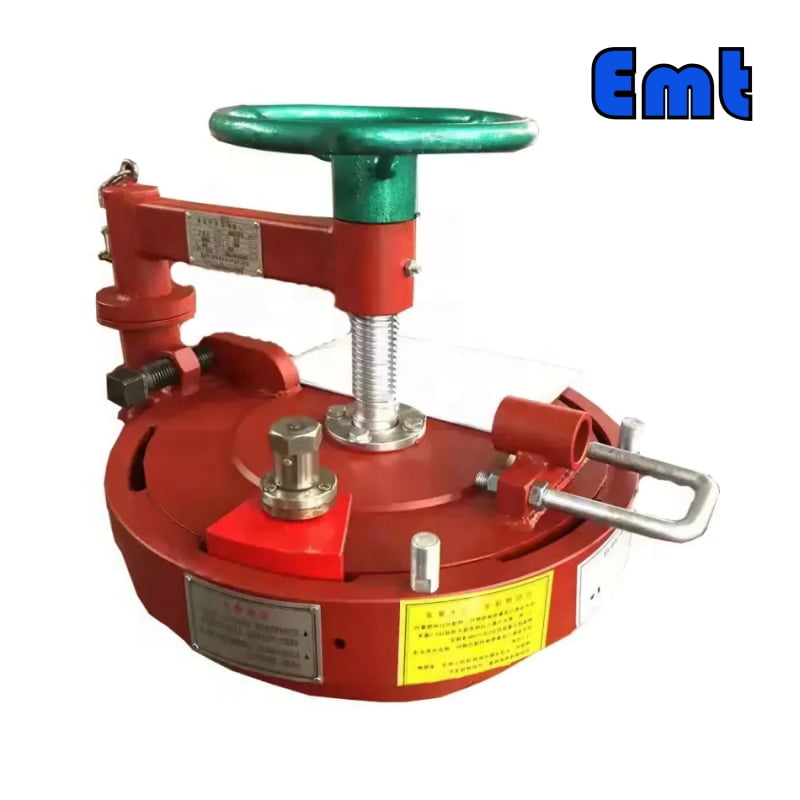
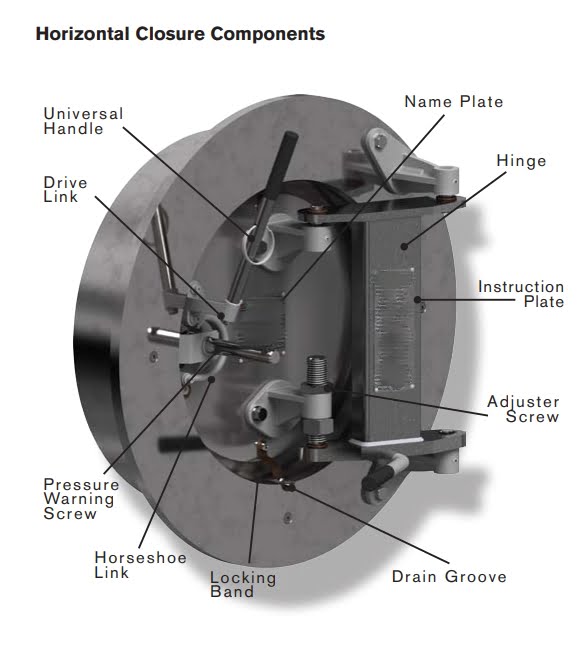
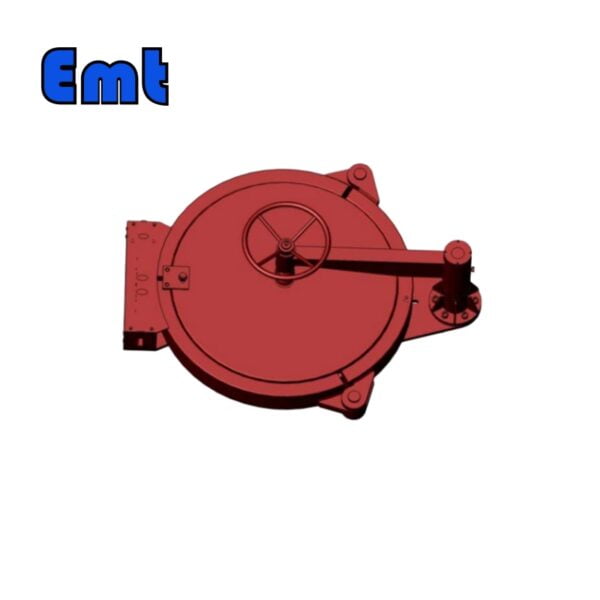
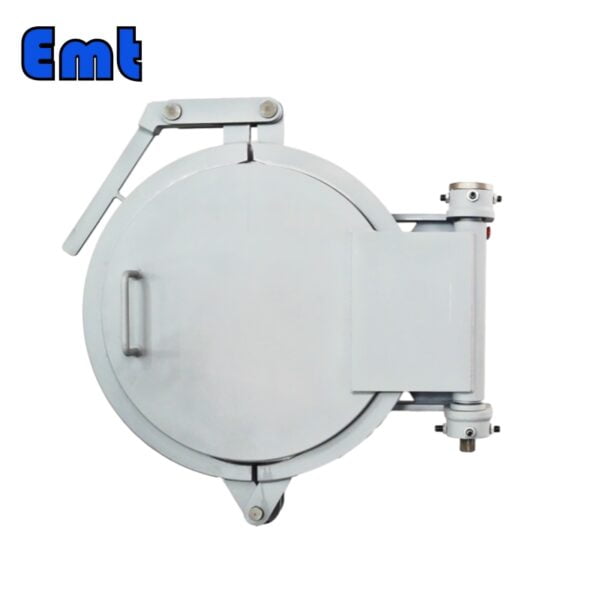
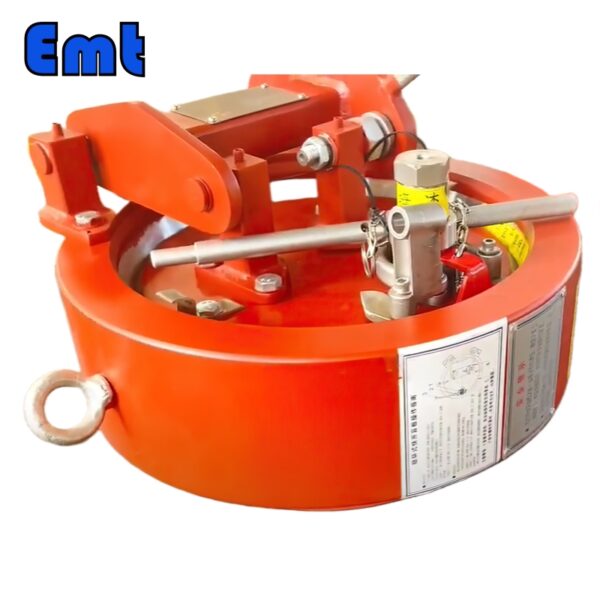
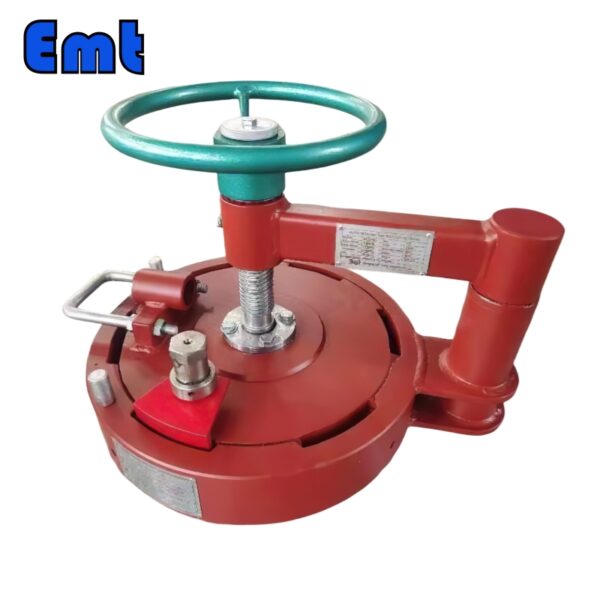
Reviews
There are no reviews yet.